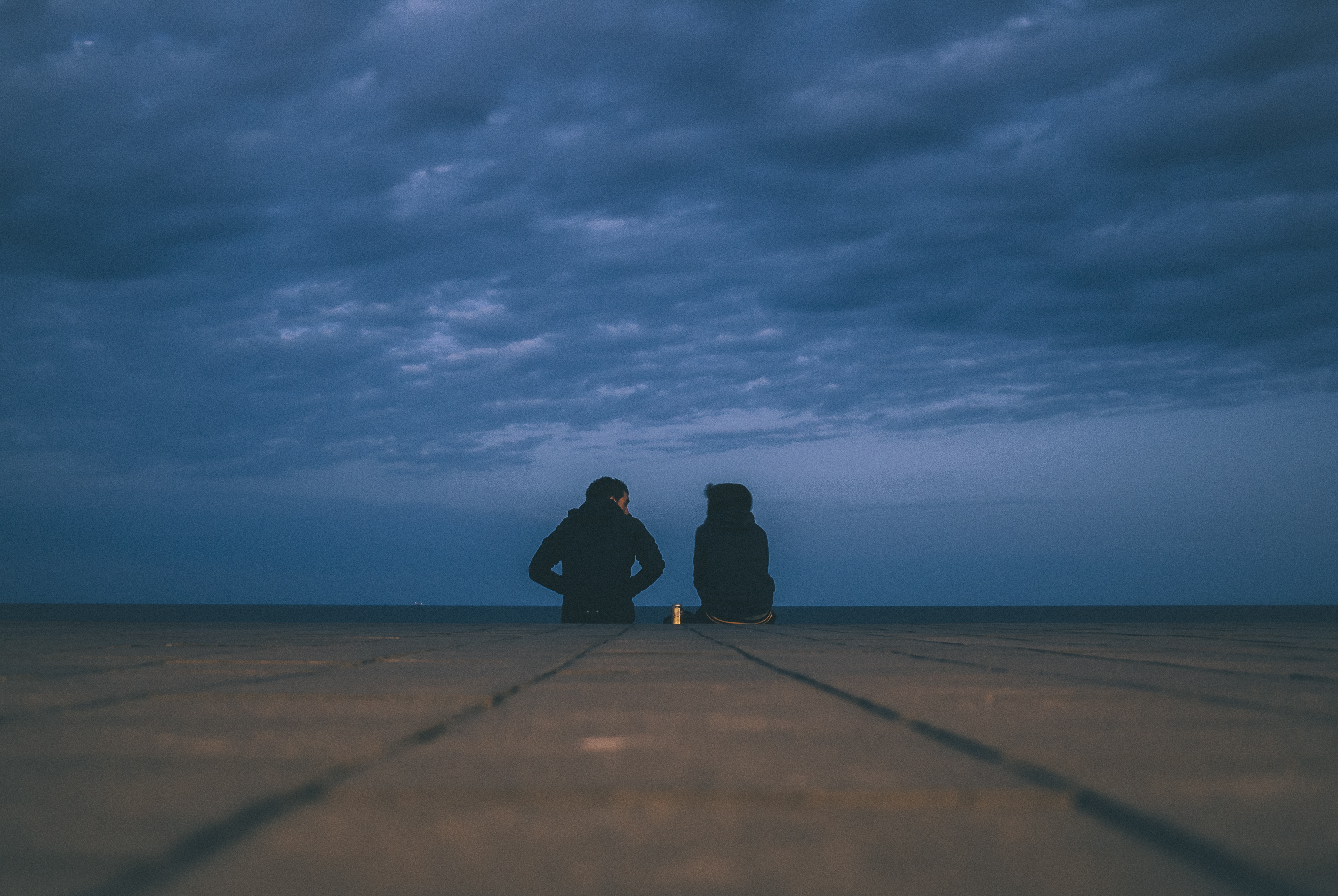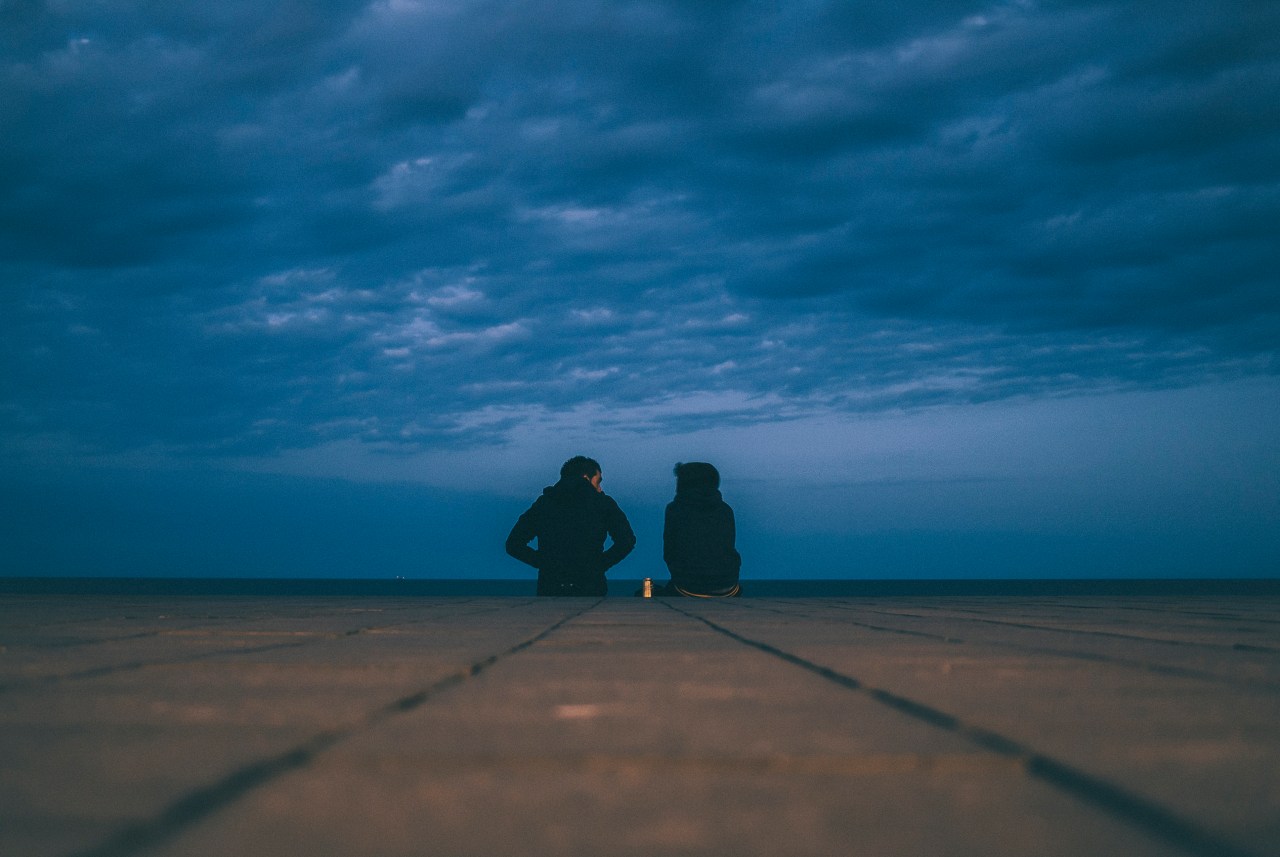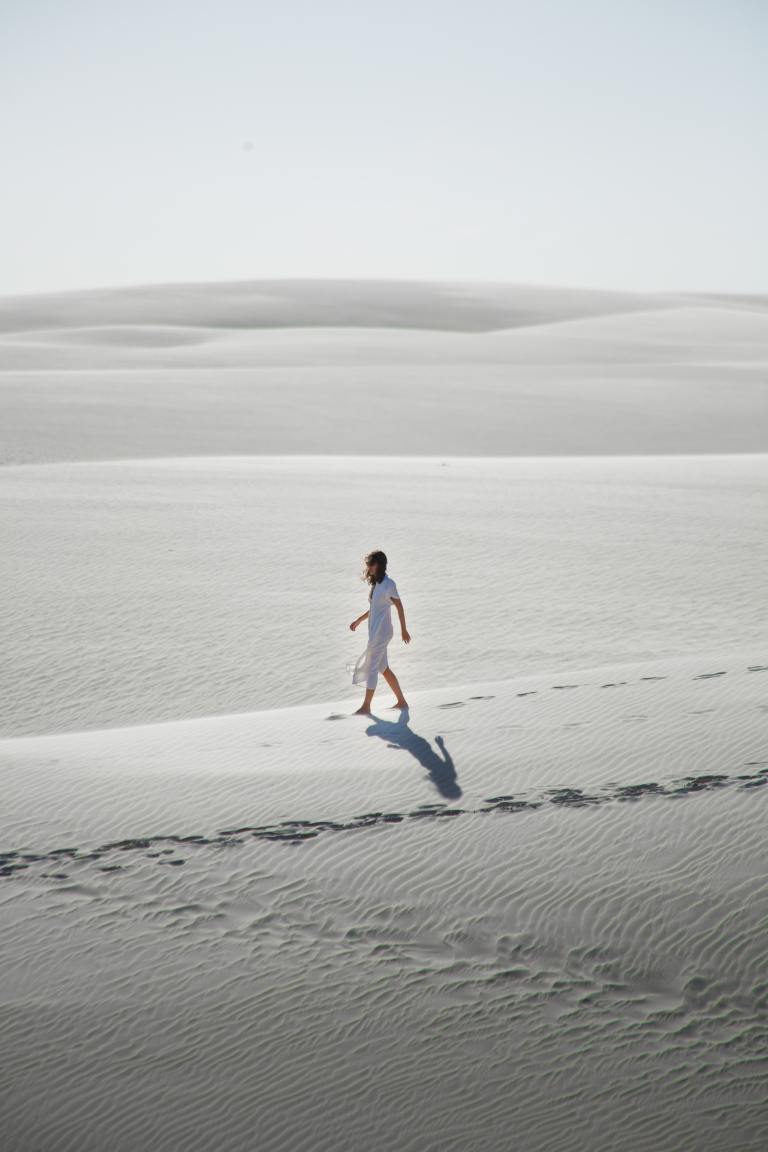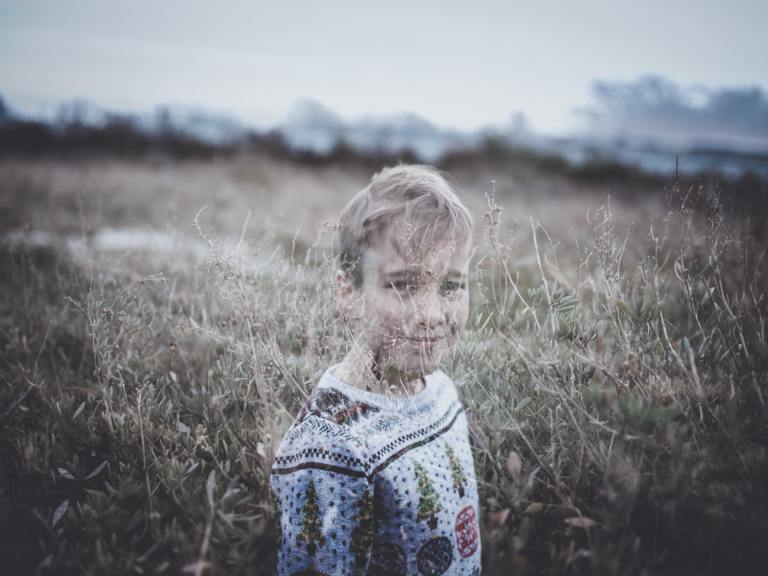Life After The Hurricane
There were hundreds of thousands of casualties that the news never honored - the fallen trees. Snarled, upturned roots clawed at people as we struggled to pick up our yards and our lives.
By Katie Ray

The sight of fragmented sunlight, daggers poking through the prickling pine tree needles. It warms the constantly damp earth – the matted leaves, the mud spots, criss-crossed with the ruts of hogs and the pockmarks of deer tracks. Dewdrops reflect on the silken webs of banana spiders stretched across the trees, hugging the forest tighter against itself. The palm fronds wave, friendly in their sights. Friendly in their sounds too, if you cut their base just right with a pocket knife and press your buzzing lips to this makeshift instrument of the earth. You can play with the crickets and the cicadas, the symphony of early evening, accented by staccato calls of the tree frogs and the occasional downbeat of the hooting owl.
These are the things I associate with home.
Friends who have visited my hometown always comment on how quiet it is, but, really, the sounds are ceaseless. When I trade the hum of the highway and the constant volume of my downstairs neighbor’s television for the sounds of home, my ears have to readjust to this old tune, but it doesn’t take long. It’s just like hearing your favorite song from way back when; you know that melody by heart. It was the soundtrack to my childhood, along with crackling bonfires, the revving engines of four-wheelers, and the sing-song accents of my neighbors and friends.
We spent our summer days in the shade of the pines, flinging dirt clods and crawfish piles at one another. The forest was thick with tall, mighty trees, standing constant guard. These vigilant soldiers protected us and hid us away during games of hide-and-seek, or simply from the real world, if only for a little while. We were free to learn how to ride our bikes, wobbling down the ever-empty streets and backroads, without concern. Doors were left unlocked; homes always open to neighbors and friends. Risks came in different forms than you might expect: drag races down old dirt roads, slamming brakes and spinning bald tires in a mud field, run-ins with water moccasins and river gars while fishing in the bayou.
We never worried about break-ins or overpopulation – except maybe the deer. Our concerns started when the creek waters rose, flooding our homes. The skeletons of gutted houses, the dust of sheet rock being cut constantly hung in the air, the pricks of tetanus shots after accidentally stepping on rusty nails. The friendliness of the soldiers who drove us in National Guard vehicles and dump trucks, so that we could cross the flood waters and get to school. We got used to these things; people learned the value of sandbags and the bridge was raised. Ditches were dug deeper and foundations were built up higher. You make due and learn to function around Mother Nature. We learned to work pretty well with her, too. Then came the hurricane.
Katrina obliterated our neighbors in New Orleans. It was catastrophic. But we hardly had time to sympathize before Rita forced us to pack our bags and get out, too. I was 15, obsessed with my own world where Homecoming was my biggest stressor in life, when I evacuated for what I thought would only be a couple of days. Three weeks later, I returned to find everything had changed. I tried to keep my chin held high amidst all of the destruction, but to gaze up meant to see the patchwork of blue roofs where once I only saw the green canopy of the Big Thicket treetops. There were hundreds of thousands of casualties that the news never honored – the fallen trees. Snarled, upturned roots clawed at people as we struggled to pick up our yards and our lives.
The trails that we knew so well were clogged with the thick trunks and broken branches of the pines that once guarded us from the outside world. The woods were empty, thinned and stripped bare from the storm. And it was silent. The animals, the insects, the people – we all, shocked, had to create a new life in this new setting.
Soon there was sound again, but it was the hum of generators, supplying energy to a devastated, exhausted community; the roar of chainsaws, removing limbs and quartering the bodies of the pines; the endless rumble of the log trucks, a funeral procession removing our fallen comrades from the battlefield.
10 years have passed now. A resilience was built and other storms have torn open the land since, though none were as personally devastating as Rita. You can see the scar in my own childhood home: a faint seam across the living room ceiling where a wall was removed. The updated floors, appliances, and paint suggest a facelift rather than a reconstructive surgery. Our backyard has healed. Where there were once craters left from fallen oaks and deep rivets from construction tires, green grass grows.
Gone are the climbing trees and my rickety treehouse with the wooden airplane weather vane on top. The flower bed and birdbath, crushed by limbs and debris, only exist in the old pictures now. But more flowers bloom. Nanny’s Easter lilies still rise each season to greet the springtime, and the replanted baby pines grow taller each visit home. The Thicket is slowly settling back into itself, each year’s fall leaves cushioning the ancient ground, the brush relaxing and collecting upon itself to regain the thickness of the forest. The trees may be younger and thinner, but they are more flexible now.
They can bend further before they break. ![]()





